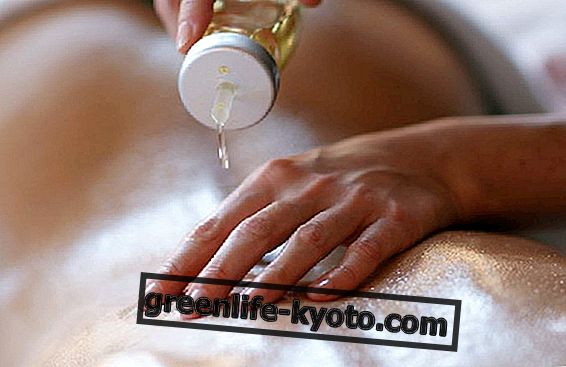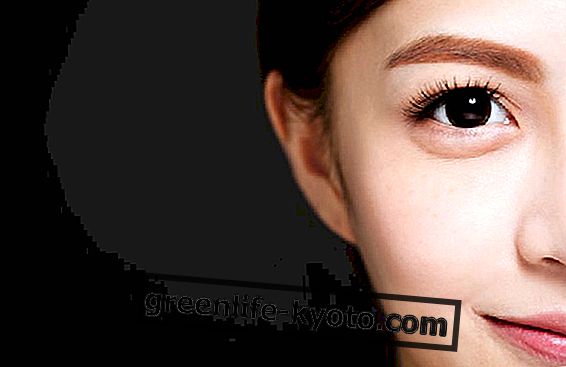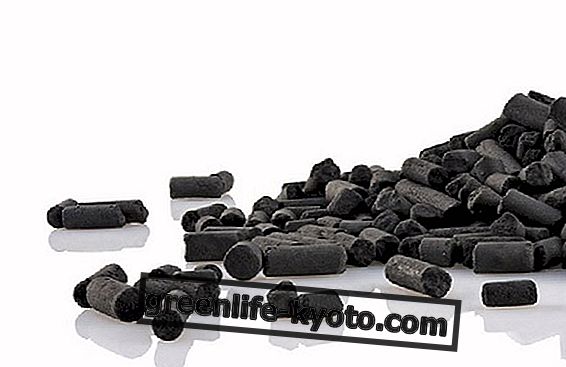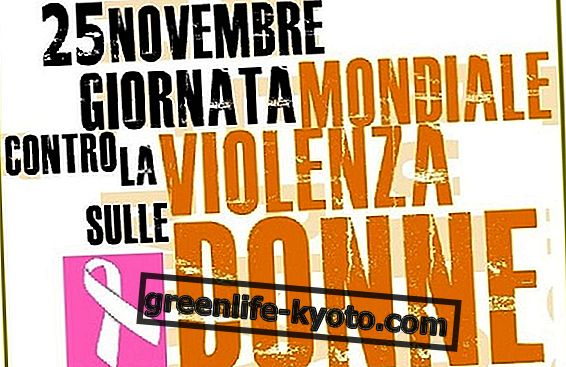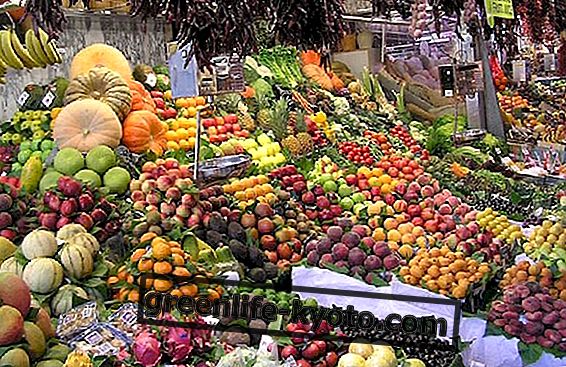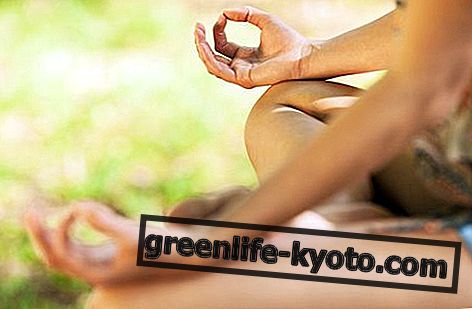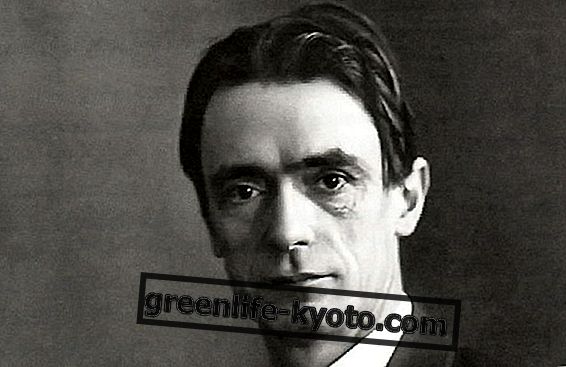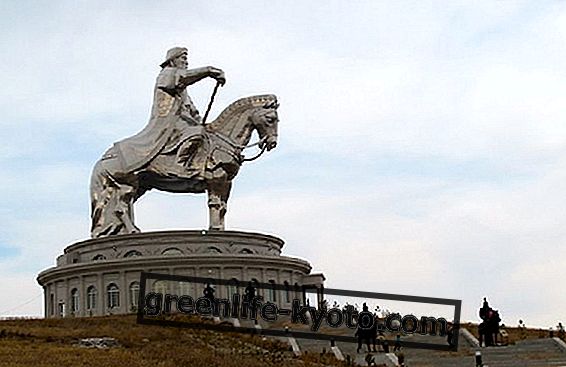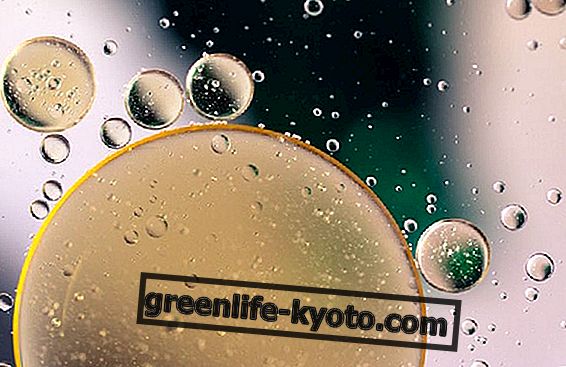
Karate-do (way of the open hand) is a discipline of great charm and ancient tradition that originates from historical periods, places, and cultures different from ours.
From the dialectical comparison between the peculiarities of this discipline and the abilities and needs of the students an enrichment of the educational action that takes place in the school can be born.
Oriental martial disciplines and youth education
The practice of a martial art such as karate by young and very young is aimed at the complete and harmonious development of their personality, encouraging their initiatives and helping them to gain their own identity. In particular the stimuli, proposed separately and gradually to the age, are aimed at improving the following aspects:
- Development of motor skills and cognitive functions, with particular attention to improving one's body awareness and therefore the control and management of the body moving in space; Consequently:
- Development of one's inner awareness and the ability to control and manage one's own emotions (with particular regard, in young people, to the aggressive component);
- Opportunities for expression, socialization and comparison ;
- Careful and motivated participation in group work in full compliance with the rules ;
- Fight against early school leaving and marginalization, with special attention to the inclusion in the group of individuals with particular problems;
Training is a set of practices designed, planned and organized according to general and specific sports objectives . It is the highly specialized context in which an important social educational function is also carried out.
The concept of education is linked to that of personality and sociality, as the individual interacts with other individuals; karate, practiced in a certain way, activates very effectively that set of processes that positively affect all the dimensions of the personality .
The educational value of martial arts for young people
The most prominent and most important educational and socializing feature of the discipline in question is the organization of motor behavior that is expressed through symbolically aggressive actions. This condition is achieved through strict control of the active and passive attack and defense actions, which maintains the situation within a high degree of security. The principles on which the practice of karate is based are: psycho-motor interaction, collaboration, trust and solidarity.
In the context of training, there is the constant presence of symbolic-ritual components in the psychomotor behaviors of individuals, which causes practitioners to internalize behaviors in which aggression is expressed in forms that respect each other's integrity and dignity. The defense and attack techniques proposed by karate are only stylizations of hypothetical analogous techniques usable in a real context; given the infinity of possible different "real" situations only the extremely experienced practitioner who has absolute control of himself and his knowledge and is able to adapt this to the actual need of the moment.
In order to be able to create a training moment that is at the same time safe, functional and fun, in karate it is necessary to establish a relationship of mutual trust (respect for the rules) and active collaboration with the companions. The more and how much better situations of situational complexity (with regard to the possibilities of each one) and of motor dynamism will be realized, the more and better will it be able to progress in the ability to exercise control over one's own body and character.
The awareness of the importance of the partners and their values, in order to progress personally in the acquisition of the ability to perform, involves the establishment of a very close relationship of collaboration, which involves the affective-moral dimension of the personality and which leads to establishment of a relationship of profound solidarity, which would hardly break even when the partner were to become antagonist in a sports competition. Continuous verification, within training situations, one's abilities and limits and the contestation of the indispensability of the partners' collaboration for overcoming them, activate very effective processes of communication and socialization, which are further strengthened by the context of the sports association.
It is easy, therefore, to conclude that the exercise of behaviors and practices that are intentionally representative of aggression but not violent, in the context of a sports ritual context, governed by very precise and strict rules, determines the internalization, on the part of the practitioners, of values that are exactly opposite to the "sociopathic" models of aggressive virility, proposed by a part of today's society, often through a certain type of cinematography unfortunately very widespread.
The oriental disciplines are also characterized by the study and practice of breathing and meditation techniques aimed at improving and recovering one's inner balance. In today's society where the pace of life is becoming more and more frenetic and the ambitions of social success are always higher and more and more difficult to achieve, often even at a young age individuals are prey to anxious states that can become real depressions.
The ancient breathing and meditation techniques can be, appropriately adapted, an effective tool to counteract anxious states, acquire awareness of one's own possibilities, to ultimately learn to "conquer" and maintain one's inner harmony.
What are martial arts and how do they differ?


